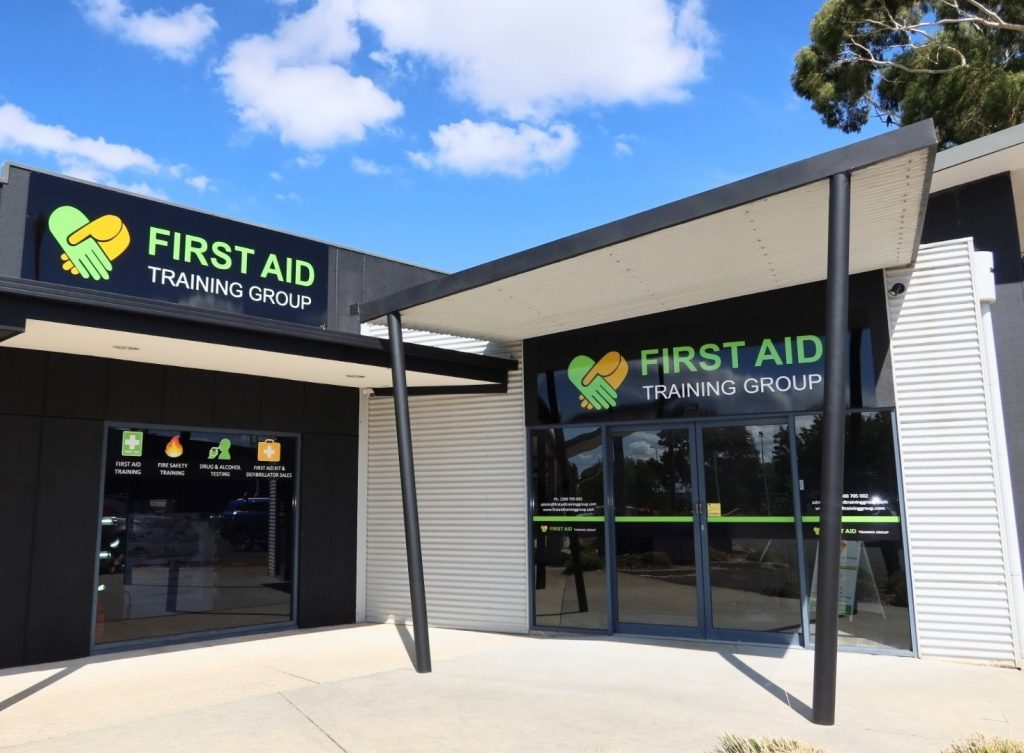Most Australian residents are aware of the consequences from devastating bushfires. Even so, fire safety around our homes and businesses often is given a low priority even though they can be just as devastating (on a smaller scale). To ensure the safety of our employees and families there are a few simple actions that can be taken to mitigate associated risk.
An emergency plan can be the link to reducing the impact of potential emergency situations. The emergency plan structure should include a number of key areas.
Furthermore, making the plan fit your associated risk will also have an impact on the plans effectiveness. Some of these areas are as follows.
-
Key Contact information
Information on who to contact and when, to support an emergency situation, is critical. Whether it’s family members or emergency services numbers, there should be no confusion of who is to be contacted and what their role will be in relation to helping with the situation.
To try and find contact numbers on the fly during an emergency may be the difference between life and death. It may sound a little dramatic, but imagine trying to find important contact numbers when the pressure is on and your adrenaline is pumping.
In larger and more complex buildings this information may include both internal and external contacts. Sometimes personnel, like chemical engineers or other specialists, may be able to resolve an emergency very quickly. The emergency services also have a wealth of information and contacts relating to emergency management.
Utilities and other public resources
All too often, emergencies will involve utilities such as gas or electricity. It is worthwhile to understand how utility companies will respond when their assets are involved. For example, power can be very dangerous and requires specially trained personnel to deal with emergencies involving live power assets.
Most states in Australia have departments dedicated to gas, power and workplace safety and will provide information at no cost. Using these resources when establishing an emergency plan can be very worthwhile.
Dangerous goods or hazardous chemicals
Most homes and businesses store chemicals that may have an adverse effect on human life if used in the wrong way or if involved in an emergency i.e. spill or fire. There are Regulations covering storage, handling and transport of chemicals and hazardous substances which are often overlooked, particularly in the small business and domestic setting.
All items should be handled and stored with care and in accordance with relevant state / territory Legislation. An emergency plan should have a guide for dealing with these types of emergencies and responsibilities of key personnel.
Location of people with special needs
Whether in a multi-level building or at a large retail store, we need to plan to assist people who will require assistance to exit a building to a safe area in an emergency. It may be as simple as planning to move them to a stairwell and notify members of an Emergency Control Organisation (ECO) to provide further assistance. Many stairwells are fire-rated in commercial Australian buildings and are designed to keep people safe when evacuating.
Layout, drawings and site plans of a building
In emergencies where there is a need to evacuate, it is essential that fire wardens or other personnel tasked with assisting understand how and where to evacuate. It is an activity that must be done as quickly as possible and using an effective and tested process.
The installation of AS3745:2010 compliant plans and drawings of the premises layout will assist with a rapid and effective evacuation.
Personnel trained in emergency procedures
In Australia, it is legislated that employers must provide a safe working environment for employees and members of the public that may visit their premises. Part of this is referred to in Australian Standard 3745 – 2010 which requires that organisations establish and maintain emergency management plans. Training in first attack response and how to establish an ECO are just a couple of areas covered.
In conclusion, effective pre-incident planning can help to mitigate the potential risks associated with emergencies. An emergency plan must include contingencies which outline what response will be initiated for each type of incident. Effective emergency planning will link to other important plans and procedures such as a Business Continuity Plan, OHS / WHS procedures and a HAZID Risk Register.
Staff at First Aid Training Group can assist you develop your emergency management plan and associated procedures. Our staff have the highest level of industry experience and will support and guide you through a process tailored for your environment.









